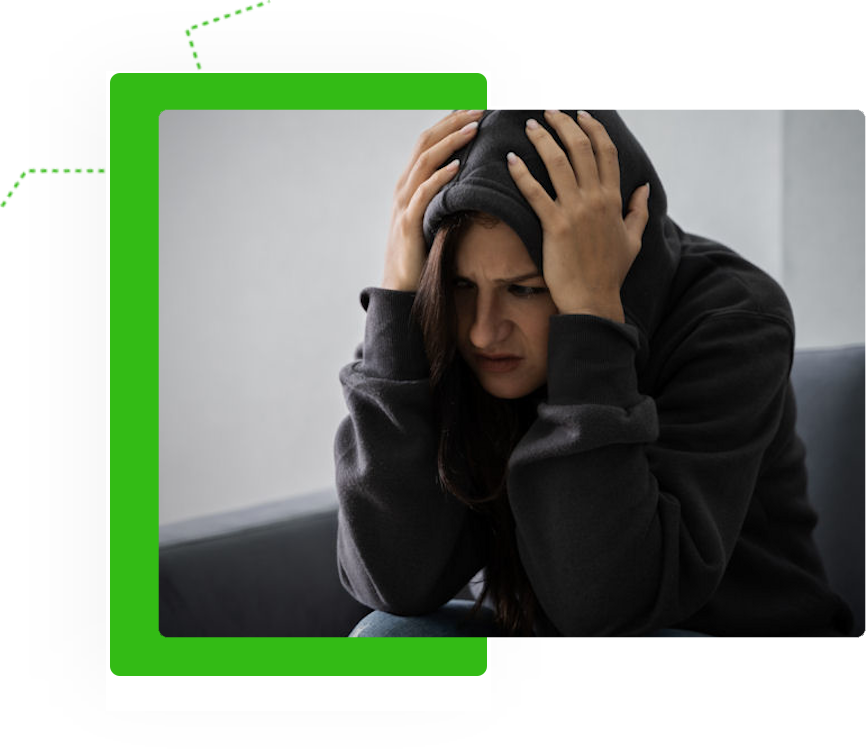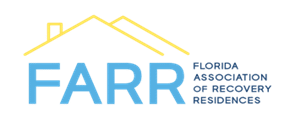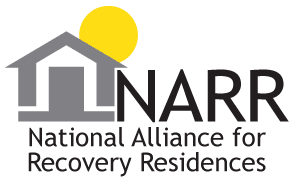Medication-Assisted Treatment Program in Florida
Medication-assisted treatment (MAT) is a method of treating substance use disorders that involves a combination of medications and talk therapy. Our MAT program at our South Florida detox center is suited to help those in need of additional assistance with the recovery process. For many who need detox, MAT provides an option that gives them the edge they need to stay sober. At Ambrosia Treatment Center, we are proud to say that medication-assisted treatment is a highly effective program at our facility.
They can help to normalize a person’s brain chemistry and relieve typical withdrawal symptoms and cravings for drugs that many people starting recovery from addiction experience. They also can block the euphoric effect that people seek when they abuse opioids or alcohol. MAT takes away the positive result achieved when using the drug or drinking.
While many people attempt and are successful at maintaining recovery from opioid and alcohol addiction without using MAT, for others, it becomes the best option. These individuals find that the powerful combination of therapy and the benefits that MAT offers allows them to focus on their recovery and stay sober. Whether or not MAT is right for a person will be determined by the treatment provider based on their individual needs, tolerance, and history of substance abuse.
MAT must be done under the supervision of a trained professional. A clinician supervising MAT can monitor the person for any adverse reactions to the medications. This includes any signs of potential abuse and making needed changes.
Benefits of a Medicated-Assisted Treatment Program
The National Institute on Drug Abuse studied the effectiveness of MAT and reports the following:
- People taking methadone as part of MAT were 4.44 times more likely to remain in treatment and had 33% fewer positive results when tested for opioids.
- Those taking buprenorphine at an amount of 16 mg daily or higher proved to be 1.82 times more likely to remain in treatment and produced 14.2% fewer positive results when tested for opioids.
- People taking extended-release injectable naltrexone were tested against a group taking placebos. The naltrexone group had 90% abstinent weeks compared to only 35% with the other group. They also experienced a higher retention rate in treatment at 58% versus 42%.

Medication-Assisted Treatment for Opioid Use Disorder
Due to the nature of an opioid use disorder, starting with detox is key. Then followed by other substance abuse treatment services, such as residential care, therapy, aftercare, and more.

How The Detox Process Works
Detoxification can be carried out in different ways, but it typically begins with medical supervision because withdrawal can be dangerous, sometimes even life-threatening. Withdrawal symptoms differ depending on the substance that has been abused, the duration of abuse, and the individual’s overall health.
During detox, a person may experience physical and psychological withdrawals, which can include anxiety, restlessness, sweating, and severe depression. This is why detox should always be done under the supervision of healthcare professionals who can provide support and, if necessary, medication to manage withdrawal symptoms.
Stages of Detox
In this stage, medical professionals assess the individual’s physical and mental health to understand the level of substance abuse. This may involve blood tests, screenings for co-occurring disorders, risk assessment for withdrawal severity, and a comprehensive review of medical, psychiatric, and substance use history.
This is the main part of detox. During stabilization, the focus is on getting the individual through the withdrawal process safely and with minimal discomfort. This may involve the use of medications to ease withdrawal symptoms, nutritional support, and psychological support. Medical staff closely monitor the individual during this stage to ensure their safety and address any complications that may arise.
Detox is just the first step in addiction recovery. Once the individual is stable, the focus shifts to preparing them for the next steps in treatment. This could involve mental health services, medication, peer support groups, and other forms of treatment. It’s crucial to understand that detox alone is not enough to achieve long-term recovery; it must be followed by comprehensive substance abuse treatment.
Remember, detox should always be done under the supervision of trained healthcare professionals due to the potential risks and complications associated with withdrawal.
Treatment Medications Used During Detox
Used to treat addiction to alcohol by changing the way the brain operates. It reduces cravings to drink but does not prevent withdrawal symptoms. Acamprosate should be used by someone who has already gone through the detoxification process and is not still consuming alcohol.
Used to treat addiction to alcohol to provide ill effects when a person consumes alcoholic drinks. When they drink even a small amount of alcohol, disulfiram causes side effects such as nausea, vomiting, headache, sweating, blurred vision, and weakness. The symptoms start within minutes after beginning to consume the alcohol and last for an hour or more.
Used to treat both alcohol and opioid addiction. With alcohol addiction, the person must have completed the detoxification process and does not still consume alcohol. Naltrexone blocks the pleasant effects and feelings alcohol provides, which makes a person less inclined to drink and reduces their cravings.
For those who have an opioid addiction, the medication blocks the feelings of euphoria and sedation that these drugs provide, which takes away the payoff they have for using them and reduces their cravings.
Used to treat opioid addiction. Someone using this medication should not have used any opioids for the previous 12-24 hours and be in the early stages of withdrawal. It produces low-level amounts of euphoria and respiratory depression that mimic the effects of using opioids. It helps reduce withdrawal symptoms and cravings.
Used to treat opioid addiction. It reduces withdrawal symptoms and cravings for opioids, as well as reduces or eliminates the high a person achieves when abusing opioids.
Importance of Medication-Assisted Treatment Program for Opioid Use Disorders
Contrary to some beliefs, using these medications doesn’t simply substitute one drug for another. When used correctly, they can help individuals stabilize their lives and reduce the harm associated with opioid use.
Why Self-Detox Can Be a Bad Idea
- Severe Withdrawal Symptoms: Depending on the respective substance use disorder, withdrawal symptoms can range from uncomfortable to life-threatening. These might include anxiety, depression, seizures, hallucinations, and even heart failure.
- Lack of Medical Support: Without medical supervision, these withdrawal symptoms can go unchecked and lead to severe complications. Medical professionals in a detox facility can provide medication and care to manage these symptoms.
- High Risk of Relapse: The discomfort of withdrawal symptoms can lead to a high risk of relapse. In a supervised setting, measures are in place to prevent access to substances, reducing the chances of a relapse during detox.
- Mental Health Concerns: Detox can also exacerbate underlying mental health issues such as depression or anxiety. In a detox facility, mental health professionals are available to provide support.
- Lack of Therapeutic Support: Detox facilities often provide therapeutic support to help address the psychological aspects of substance abuse. This support is not available when detoxing alone.
In conclusion, while it may seem appealing to detox at home, the risks far outweigh the benefits. It’s crucial to seek professional help for a safe and effective detox process.

The Role of Therapy in Medication-Assisted Treatment Program
- Providing a deeper understanding of a person’s life history
- Examining what may have caused a person to begin to abuse alcohol or drugs
- Determining ways to resolve issues that kept a person active in their addiction
- Learning healthy new coping skills to replace the damaging ones used in the past
- Providing a neutral person to speak to who won’t judge the person for their past actions or addictive behaviors
- Learning how to communicate more effectively with family and friends
- Understanding the concept of boundaries and how to enforce your while respecting those that others have in place
- Putting together a plan to keep the person in recovery long after treatment has ended
Begin Your Recovery With Ambrosia’s Medicated-Assisted Treatment Program

Dr. Alam is an internationally renowned psychiatrist with academic affiliations with Northwestern University and University of Illinois, Chicago where he completed his residency training. He has been a principal investigator for over forty studies and has been involved in research leading to the approval of most psychiatric medications currently on the market. He is the founder of the Neuroscience Research Institute which continues to conduct research on cutting edge medication and interventional psychiatry. Dr. Alam is a Distinguished Fellow of the American Psychiatric Association and the American Society of Addiction Medicine. He has won several awards and has been featured extensively on radio and television.





